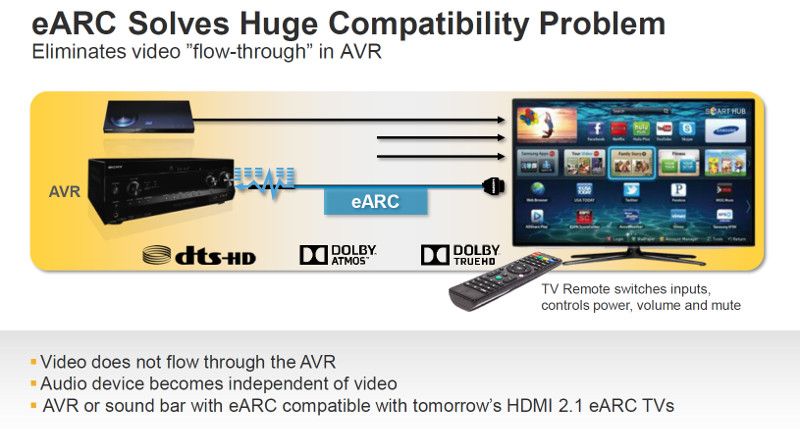I think a lot of people have been waiting for the HTP-1. It potentially represents a step change in the entry price to what one might consider a serious but affordable HT. The prices mentioned for setting up a system based upon it are so far probably significantly inflated from reality. This is especially true for someone looking to upgrade an exiting 7.1 HT, where the upgrade price is as low as the additional (small) speakers and amplifiers to drive them. In that case one might reasonably say some of the well thought of JBL 305Pmkii. 3 pairs adds less than $900, if you pay list. Add cables and general messing about and you are only a fracion of the price of the processor. Even a scratch build need not involve silly money. Monoprice clearly hope you will minimally be buying their 11 channel amp ($2500), and maybe going the whole hog and purchasing their speakers as well. Anything from $2k to $4k on their THX certified Atmos speakers, plus maybe another $1k for a couple of modest powered subs. Call it $7k on top of the $4k HTP-1. Maybe squeeze the entire thing inside $10k. That is going to be their market. $4k for the processor, and anything from $1k to $6k for the rest. That $4k is pretty price sensitive. One can see where they are coming from, and what feature/performance/price they are pushing for. Add a modern big screen for another $5k and you have a dream system for many people. We haven't even reached the purchase price of just the processor of the real high stuff. But that $15k is a very real possibility for many.
OTOH, there is lots to criticise. Much of it laziness IMHO. The lack of real specs is simply just not a good look. Maybe 95% of the customers won't care, but it provides some assurance of quality standards. They provides performance assurances that in the face of problems can be used to sensibly talk about faults or flaws. And they provide a sincerity test of the designers and engineers responsible. In my game, you don't get to put finger to keyboard until the requirements are written and reviewed. And these requirements are just the beginning of a traceable quality process that doesn't stop. In the modern world this stuff should be SOP for any technical product.
In many ways, I care much less about the actual output voltage levels. The extraordinary performance seen in thing like the Benchmark DAC and amp are past caring about, and are little more than bragging rights than anything meaningful. (One notes that Monoprice rate their amplifiers for full output at 1.6 volts input. So they actually match the HTP-1 perfectly.) But I put more weight on engineering sincerity. State your goals, and verify-ably meet them.
OTOH, there is lots to criticise. Much of it laziness IMHO. The lack of real specs is simply just not a good look. Maybe 95% of the customers won't care, but it provides some assurance of quality standards. They provides performance assurances that in the face of problems can be used to sensibly talk about faults or flaws. And they provide a sincerity test of the designers and engineers responsible. In my game, you don't get to put finger to keyboard until the requirements are written and reviewed. And these requirements are just the beginning of a traceable quality process that doesn't stop. In the modern world this stuff should be SOP for any technical product.
In many ways, I care much less about the actual output voltage levels. The extraordinary performance seen in thing like the Benchmark DAC and amp are past caring about, and are little more than bragging rights than anything meaningful. (One notes that Monoprice rate their amplifiers for full output at 1.6 volts input. So they actually match the HTP-1 perfectly.) But I put more weight on engineering sincerity. State your goals, and verify-ably meet them.

